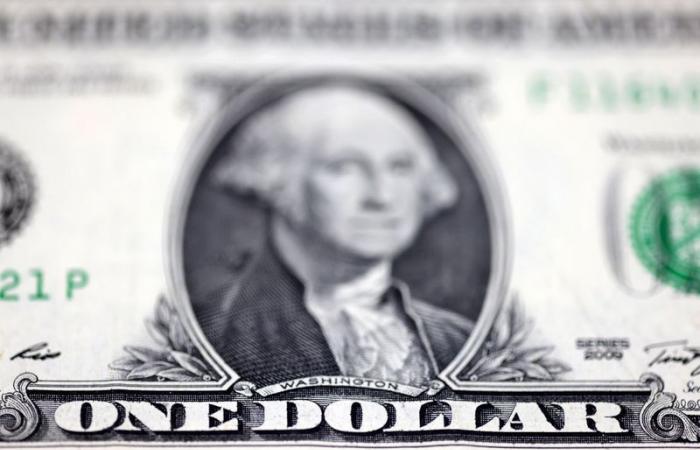The Australian and New Zealand dollars fell on Wednesday as skepticism grew over stimulus measures from its main trading partner China, while the greenback held close to its previous level. highest level in two months compared to its main peers, due to bets on the gradual reduction of interest rates in the United States.
New Zealand’s currency has been weakened by data showing slowing inflation, leaving the door open for aggressive easing by the country’s central bank.
The Aussie fell 0.51% to $0.6669, the lowest since September 12, before changing hands down 0.38% to $0.6678 by 0133 GMT.
The New Zealand dollar fell 0.69% to $0.6041, a level last seen on August 19. It last traded 0.53% weaker at $0.6051.
“There’s definitely growing skepticism that China is actually committed to the kind of fiscal support that would be considered truly cathartic, and that’s pulling down the Australian and New Zealand currencies this week,” Ray Attrill said. , head of foreign exchange strategy at National Australia Bank.
Chinese stocks fell sharply on Tuesday and continued to fall in the latest session, after a frenzied rally fueled by stimulus hopes that Beijing has yet to materialize.
On Saturday, China’s finance ministry said it would increase borrowing, without specifying when or by how much. China will hold a press conference on Thursday to discuss promoting “steady and healthy” development of the real estate sector.
Meanwhile, in New Zealand, “there is speculation that the next RBNZ rate cut could be as high as 75 basis points,” Mr Attrill said. “Today’s CPI figures may have weighed against this view in favor of a deeper reduction.
Statistics New Zealand said on Wednesday annual inflation fell to 2.2% in the third quarter, returning to the RBNZ’s target range of 1% to 3% for the first time since March 2021.
The U.S. dollar index, which measures the currency against six major rivals, was steady at 103.25, remaining close to Monday’s peak of 103.61, a level not seen since Aug. 8.
Recent data showing a resilient economy and slightly higher-than-expected inflation in September has led traders to reduce bets on aggressive easing from the Federal Reserve.
Traders are currently betting on a 25 basis point cut in the Fed’s next monetary policy decision on November 7, with a 6% probability for a status quo, according to the CME Group’s FedWatch tool. A month ago, traders estimated a 27% chance of a massive 50 basis point cut.
The dollar was little changed at 149.135 yen, not far from Monday’s high of 149.98 yen, the highest since August 1.
The euro fell 0.05% to $1.08875, and earlier touched $1.0882, matching Tuesday’s low, which was the weakest level since August 8.
The European Central Bank is due to decide on policy on Thursday, with markets almost certain of a quarter-point cut in interest rates.






